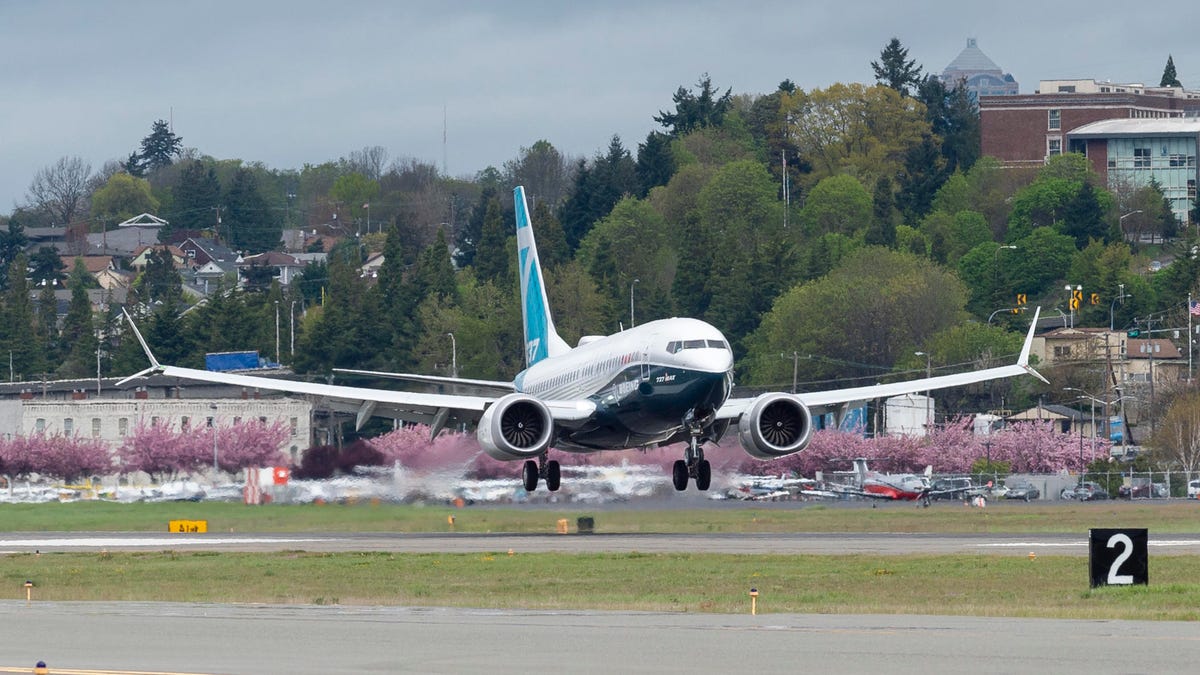kpc
Senior Member
- Joined
- Mar 11, 2003
- Posts
- 8,737
- Qantas
- Platinum
- Virgin
- Red
Boeing 737 Max's future cloudy after pilots' bombshell messages
The revelation about the 737 Max couldn't have come at a worse time.
I am not sure that this article, by itself, changes anything.
Boeing 737 Max's future cloudy after pilots' bombshell messages
The revelation about the 737 Max couldn't have come at a worse time.www.smh.com.au
I am not sure that this article, by itself, changes anything.
They have been at each other's throat for a while but hasn't made the news papers until now.I am not sure that this article, by itself, changes anything.

The AD requires airframes with 30,000 flight cycles or greater to be inspected within 7 days and airframes with greater than 22,600 cycles to be inspected within the next 1000 flight cycles.
To hopefully put some minds at ease, closer to home, VOK, VON, VOL and VOM all have greater than 30,000 flight cycles. These aircraft were inspected last weekend and no cracks found. The next 3 highest aircraft VOT, VOS and VUA were also inspected with no cracks found. The remainder of the fleet will be inspected in the next few weeks. At this point world wide data shows the latest line number where cracking has been found is 998. Our earliest line number (VOK) is 1359.
Boeing have not yet determined the cause of the cracking...
On a global basis, 1043 aircraft have been inspected and 51 have been found to have cracks.
These pickle forks structurally connect the fuselage to the wing spar?
Could hard landings cause such cracks?
These pickle forks structurally connect the fuselage to the wing spar?
Could hard landings cause such cracks?

Firmed my resolve to never set foot in a 737-MAX even if they are recertified.This is an interesting, albeit rather long, article. Food for thought.

AFF Supporters can remove this and all advertisements
Boeing had not only outfitted the MAX with a deadly piece of software; it had also taken the additional step of instructing pilots to respond to an erroneous activation of the software by literally attempting the impossible. MCAS alone had taken twelve minutes to down Lion Air 610; in the Ethiopian crash, the MCAS software, overridden by pilots hitting the cutout switches as per Boeing’s instructions, had cut that time line in half.
Have a look at the issues surrounding the 767 tanker (a disaster), and the P-8. Whilst I loved the 767/747, and classic 777, I don’t think they make anything that I’d buy these days. All manufacturers have issues, it’s just that Boeing seem to have made issues their goal, as opposed to avoiding them.I feel quite ill after that article. If planes are being delivered with cracked windows and loose screws there is a fundamental breakdown in QA. MAX aircraft aside how safe are the newer aircraft really?

